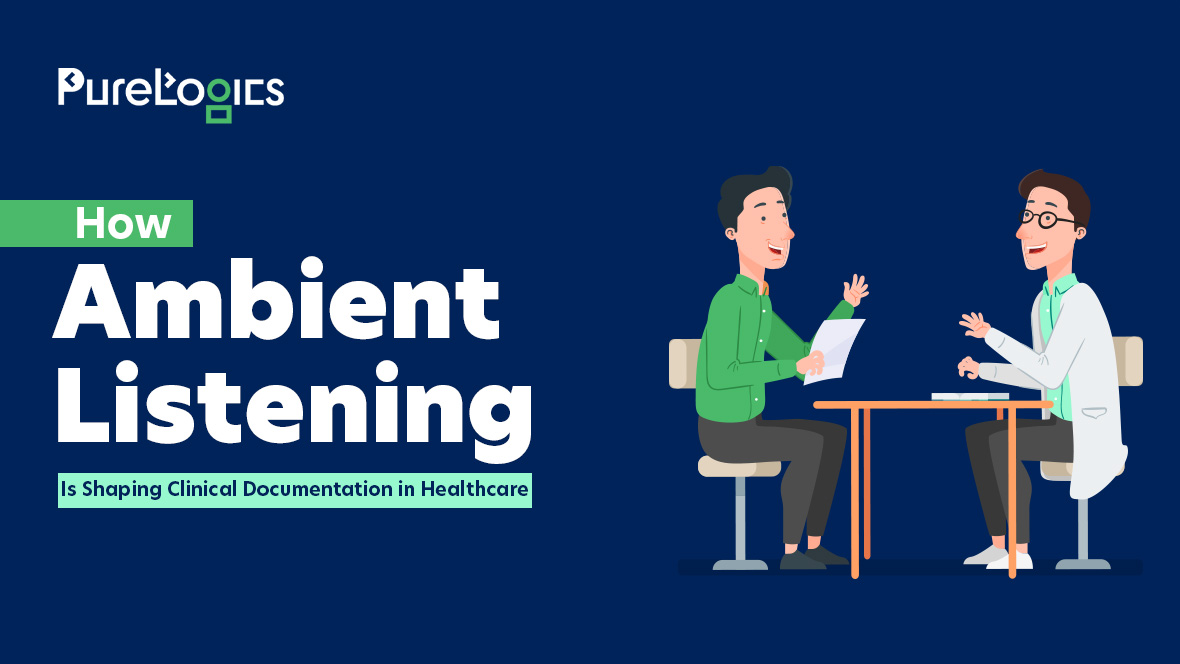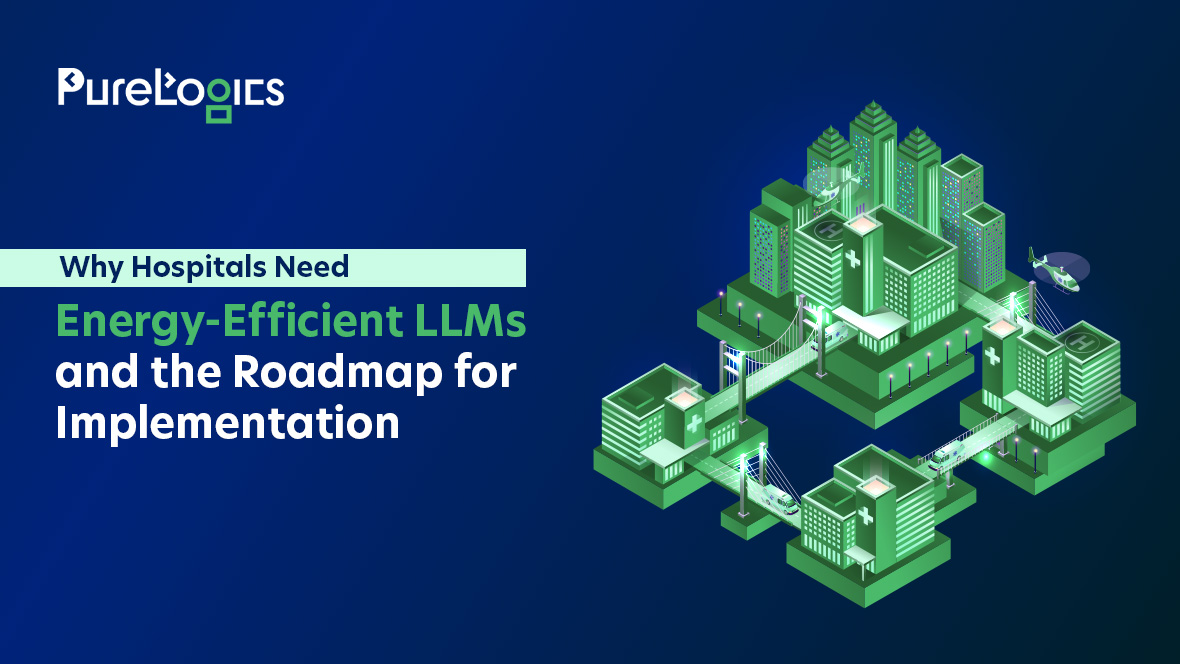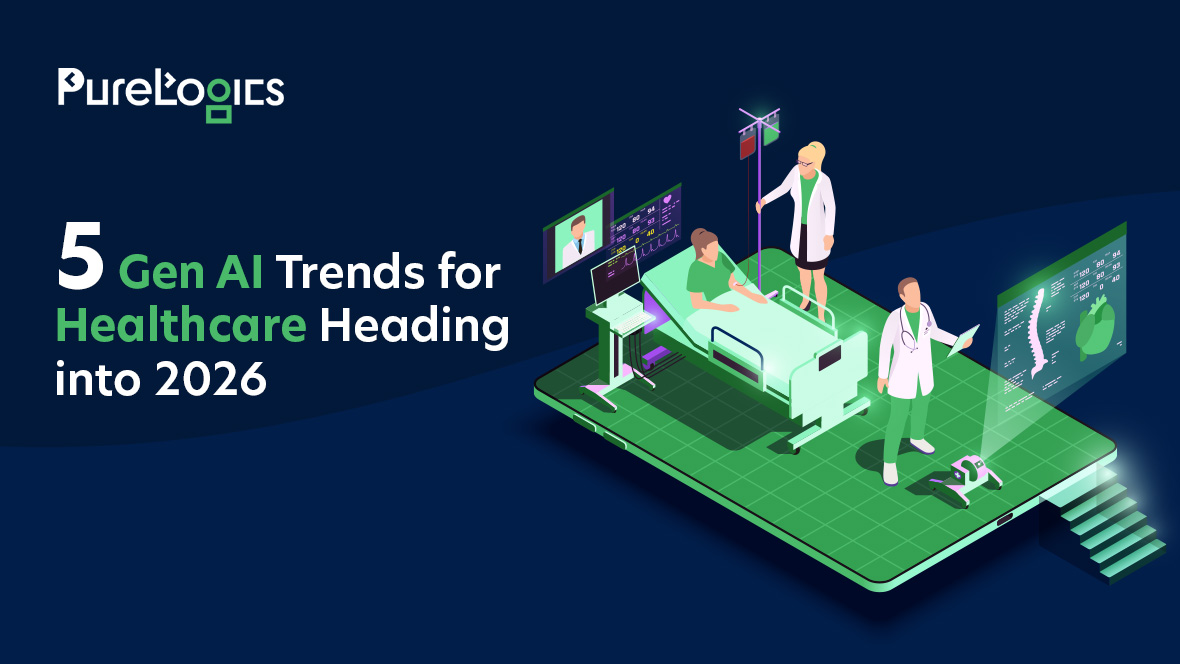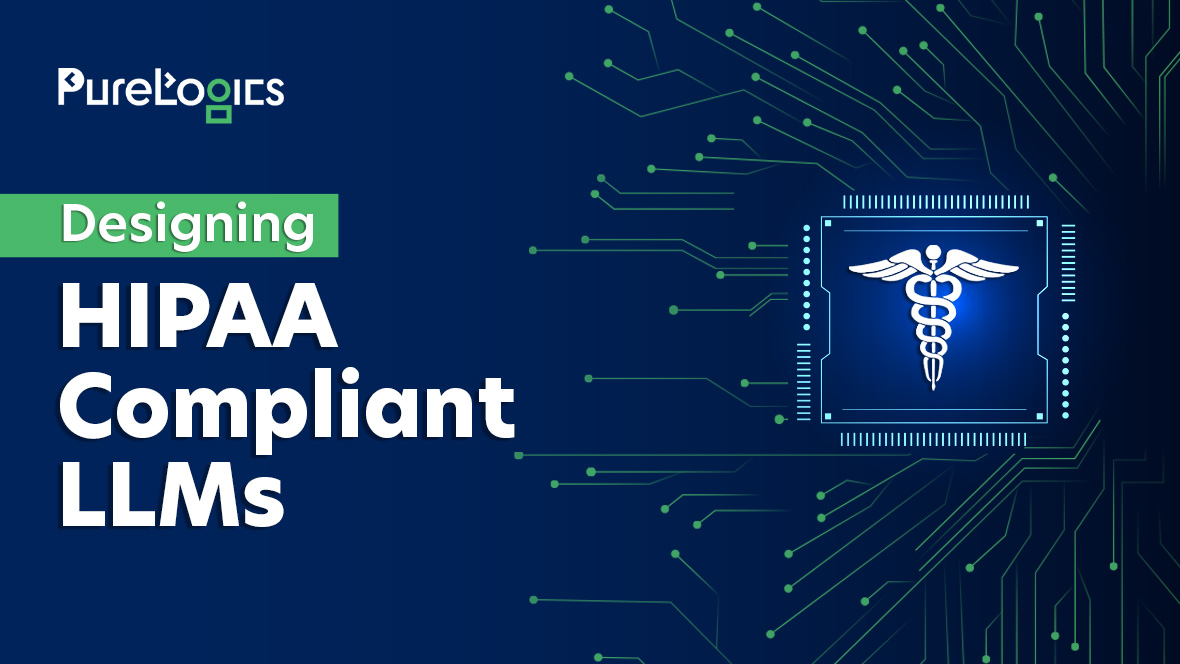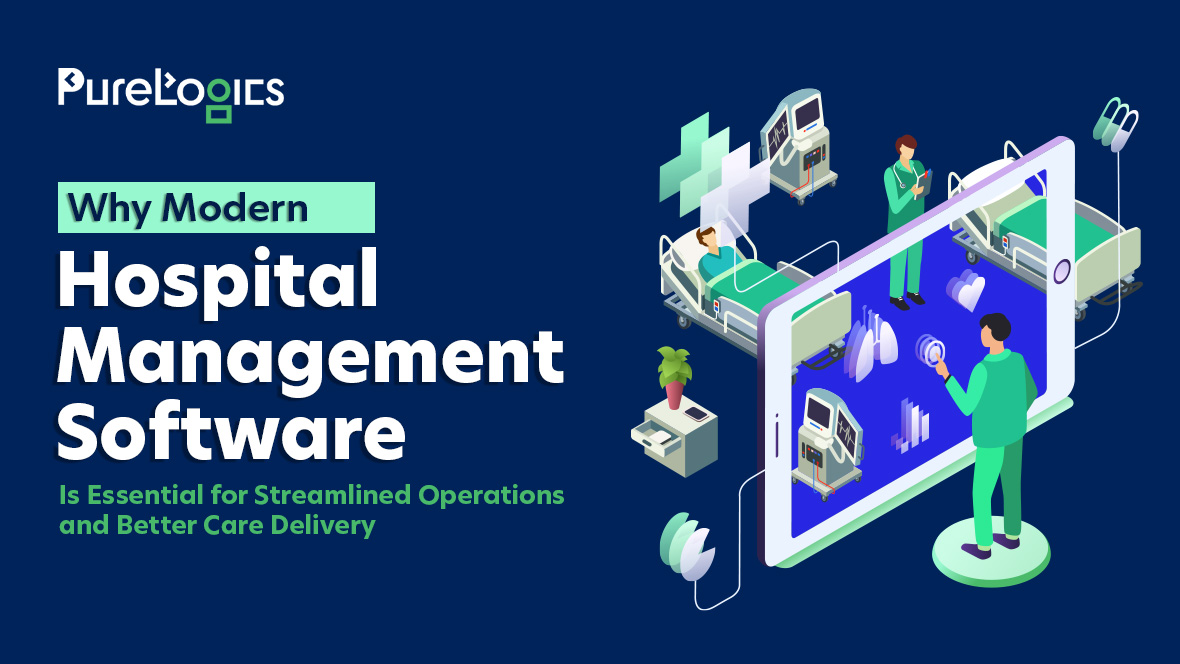Healthcare documentation has reached a crisis point. Physicians spend hours on administrative tasks, contributing to widespread burnout and diminished care quality. Here, ambient listening in healthcare offers an efficient solution to this challenge. Its practical benefits for physicians are enormous. As indicated by Emory Healthcare’s study, which points out that after using ambient listening technology for just 60 days, 71% of physicians met their clinical documentation needs, and 58% reported higher productivity.
If you are curious about how ambient listening can increase the productivity of your staff and bring more accuracy, or are looking to integrate it. Then read this blog till the end because we are going to tell you all about ambient listening, how it works, its benefits, use cases, and steps to implement it properly.
So, without further ado, let’s begin by defining ambient listening in healthcare.
What Is Ambient Listening in Healthcare?
It is a voice recognition technology that uses AI to listen, interpret, and analyze conversations. Unlike typing notes or using a recorder, this technology operates quietly in the background, converting spoken words into written notes.
In the context of healthcare, ambient listening technology records and interprets data from clinical discussions without being seen or noticed. It works excellently with EHR systems and assists without disrupting the natural course for healthcare professionals. Moreover, contrary to popular belief, it is not simply a speech-to-text technology that needs to be active all the time. Instead, these systems are more intelligent, less active, and context-aware, and capture only relevant clinical data.
Indeed, ambient listening is becoming an integral part of modern healthcare, and understanding how it actually functions can help you know its actual value.
How Ambient Listening Works?
This technology brings sophisticated audio capture with AI processing, and below is how it generally operates:
- Audio capture: Secure microphones or software modules record conversations in real-time.
- Noise reduction: Unwanted background sounds or noise is removed, allowing only essential conversations to be captured.
- Speaker identification: The system distinguishes between the physician, patient, and other voices to accurately attribute statements.
- Speech-to-Text translation: Natural Language Processing (NLP) converts these spoken words or the whole conversation into text.
- Contextualization: AI software solutions identify medical terminologies, patient symptomology, medication orders, and follow-up treatment.
- Data validation: The system reviews transcripts for accuracy against standard medical terminologies like SNOMED CT and ICD-10 before integrating them into EHRs.
- Note organization: The text is organized into clear, organized notes suitable for electronic health records (EHRs).
- Physician listening: Doctors can efficiently review and sign off on the notes, saving precious time.
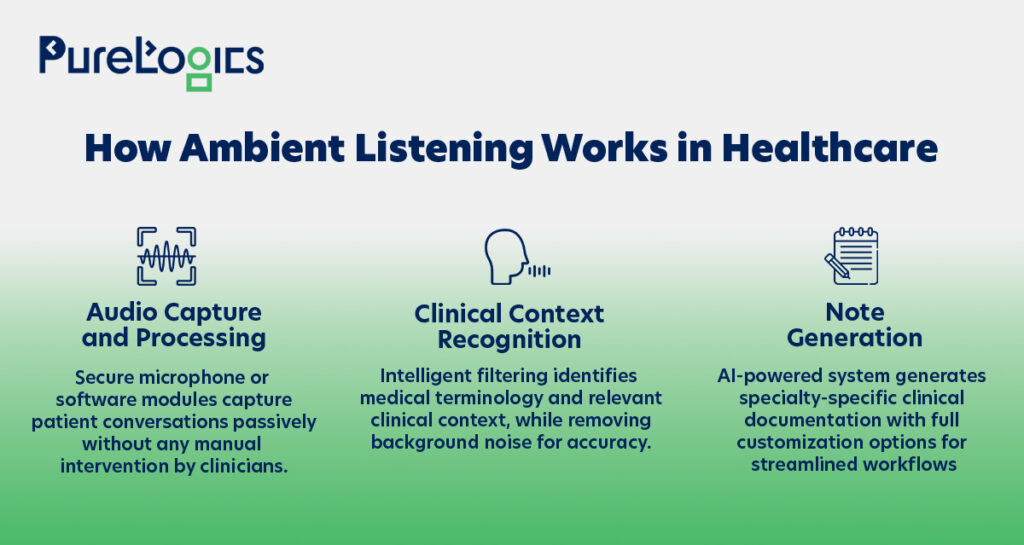
Additionally, the next generation of ambient listening AI tools is trained on massive datasets of medical vocabulary, clinical, and diagnostic protocols. This enhances accuracy, even in complex medical conversations. All in all, the ambient listening technology for medical transcription is efficient and less expensive. Let us tell you more about its benefits.
Benefits of Ambient Listening in Healthcare
This technology offers benefits for both patients and providers, and below are some of the key advantages:
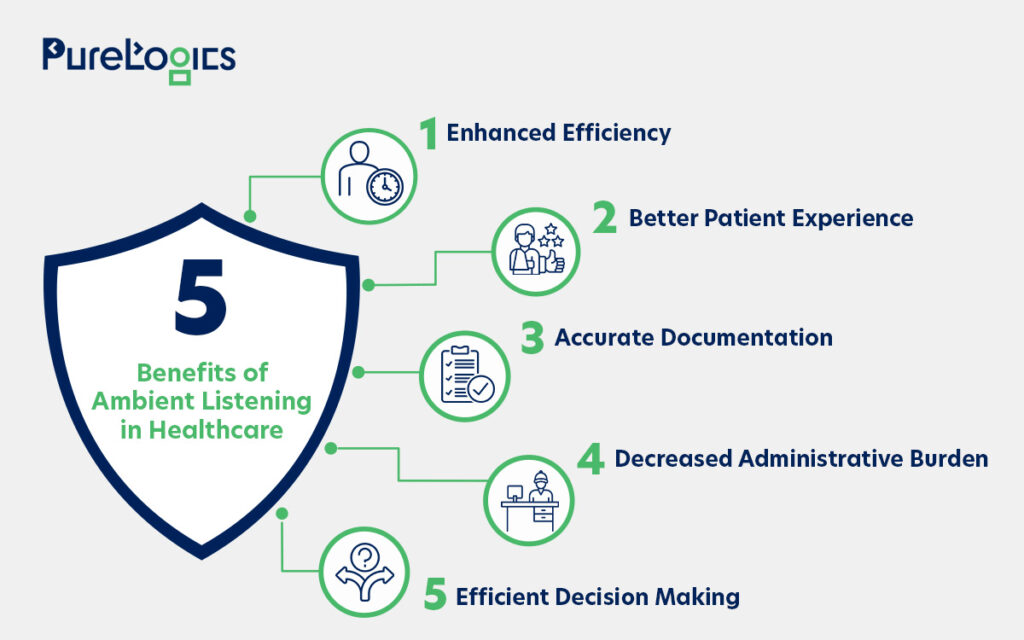
Enhanced Efficiency
Physicians can save time by implementing ambient listening technologies. This enables doctors to attend to more patients, participate in training sessions, and review complex cases to enhance their skills and knowledge. This improves the overall quality of the daily healthcare workflow.
Better Patient Experience
Ambient technology helps doctors devote their full focus to patients instead of getting distracted by typing on keyboards or using tablets during visits. This makes patients feel more heard and respected, which nurtures and develops the sense of trust, reliability, and eventually increases patient satisfaction.
Accurate Documentation
The notes from patient appointments are automatically recorded in real-time, which makes the documentation more comprehensive, organized, and accurate than traditional post-appointment documentation. This also ensures that no critical detail is missed or forgotten. These notes are elaborated, including discrete symptoms, timelines, medical terminologies, the provider’s observation, and recommendations.
Decreased Administrative Burden
Typically, healthcare providers are responsible for completing lengthy documentation, which includes recording medical history, physical examination results, treatment plans, medications, and follow-up details. These tasks are time-consuming and increase tension, fatigue, and the possibility of errors. Here, the ambient listening technologies can help healthcare practitioners release this burden by collecting and documenting clinical information during consultations.
Efficient Decision Making
Accurate and well-maintained patient records are crucial for effective clinical decision-making. Moreover, quick access to clear and complete information, such as symptoms, previous diagnoses, lab results, medications, and treatment outcomes, helps healthcare professionals assess patient conditions more efficiently. This is useful especially in the case of chronic disease management and in recording the full context of clinical conversations, ensuring no critical information is missed or captured inaccurately.
Furthermore, the capturing of precise information as it happens helps in reducing errors, lowering risks of misdiagnosis, and thus supporting better clinical decision-making. It also ensures seamless continuity of care. Especially when multiple providers are involved in the patient’s treatment. In a nutshell, the advantages of this technology extend beyond saving time, as it helps improve accuracy. Moreover, below we are highlighting how healthcare organizations use it to enhance their quality of documentation.
Use Cases in Healthcare Settings
This technology is being used widely across different healthcare settings, including:
- Primary care clinics: Doctors can quickly use it to create treatment plans and visit summaries.
- Telehealth: Ambient systems can be used during virtual consultations to capture and describe patient interactions.
- Speciality practices: It helps record detailed patient history in fields like dermatology, cardiology, and psychiatry.
Indeed, this technology has proved itself to be useful, and the future belongs to it. Below are some trends you should keep an eye on.
Future of Ambient Listening in Healthcare
As more healthcare providers look for ways to enhance care quality, the demand for ambient listening tools will increase. Below are some trends to watch out for:
- Wider adoption: More hospitals, clinics, and telehealth providers will adopt ambient listening.
- Innovative AI models: AI models will be better equipped to understand complex medical language and context.
- Patient-facing features: The systems may begin offering summaries directly to patients which will help increase transparency and engagement.
Additionally, government bodies such as the U.S. Department of Health and Human Services (HHS) and the Office of the National Coordinator for Health IT (ONC) are promoting the adoption of AI-driven documentation tools that ensure interoperability with EHR standards like FHIR.
If, after reading all this, you are ready for the integration of ambient listening in your healthcare systems. Below are the steps to help you implement it effectively and efficiently. But first, let us tell you that the ambient listening market is on the rise, and its growth is going to be on an upward trajectory.
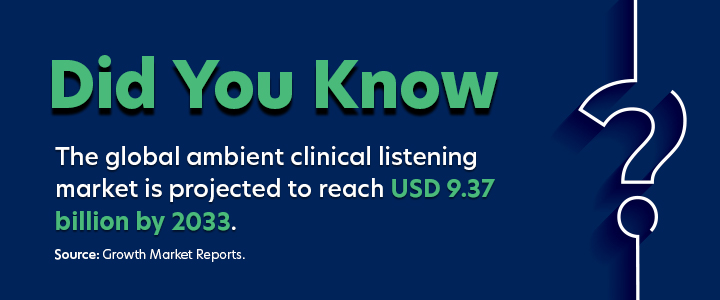
How to Implement Ambient Listening Step-by-Step
The implementation of ambient listening in healthcare may seem overwhelming, but breaking it into steps can make the process smoother and far more approachable. Enabling organizations to adopt solutions with confidence and ease. So, the first step in implementation is the identification of needs.
1. Identify Your Needs
The first and foremost thing here is to identify your practice struggles and what you actually need to make your processes more efficient. Let us give you some points that might help you determine your needs:
- Where does your practice struggle with admin tasks?
- Are critical patient details being missed or inconsistently recorded?
- Is documentation or after-hours charting burning out your doctors?
- Does your staff face challenges in maintaining accurate and timely records?
Pro Tip: Consider how ambient listening can benefit you, whether it’s saving time, improving accuracy, or enhancing patient interactions. Additionally, consider specific needs such as handling multiple languages or working across various devices, including smartphones, tablets, and desktops.
2. Search the Right Vendor
The next step is to search for vendors that match your needs, especially checking for integration with your EHR system, AI capabilities, and accuracy. Additionally, verify how the vendor prioritizes HIPAA compliance and holds the following certifications, including ISO 27001 (information security), SOC 2 (Service Organization Controls), HITECH compliance, and HITRUST CSF. These certifications indicate that the vendor has established strict data security and privacy protocols.
Don’t Compromise on Security
Looking for a HIPAA-compliant healthcare software development partner with proven expertise and certifications?
3. Seamless Integration
Ensure that your ambient listening technology integrates seamlessly with EHR. A well-integrated solution enables clinical notes, diagnoses, prescriptions, and follow-up plans captured during patient conversations to be captured directly into the EHR without any additional steps. This not only eliminates patient data entry but also ensures that patient records are accurate, up-to-date, and easily accessible. Moreover, the seamless integration creates a smoother workflow for clinicians and reduces documentation burden.
4. Train Your Team
This is one of the most crucial steps, as software is of no use if your staff cannot use it properly. Additionally, ensure that you address your team about the new technology and demonstrate how it simplifies their work. You can provide ongoing support, coaching, and hold Q&A sessions to keep them informed about changes and new developments.
5. Get Patient Consent
It is essential to obtain consent from patients before recording and to tell them how the technology works and why it’s used. Additionally, ensure that you update the consent forms regularly to include details about ambient listening.
Therefore, by implementing the steps above, the ambient listening can be integrated effectively. However, you need to be aware of the compliance and certification requirements so that you can hire a healthcare software development company as per your needs.
Compliance and Certifications
When implementing ambient listening in healthcare, security and regulatory compliance are crucial. Look for vendors who are certified in:
- ISO 27001: Shows a strong commitment to information security practices.
- SOC 2 Type II: Confirms internal controls for security, availability, confidentiality, and privacy.
- HITRUST CSF: Combines healthcare regulations and industry standards into a simple framework.
- HIPAA/HITECH: Ensures the confidentiality and secure storage in handling of patient health information.
These certifications will ensure that the ambient listening solution meets the highest standards of compliance and security. However, implementing it on your own can be risky and challenging, leading to data leaks. Let us tell you more about the challenges you may encounter.
Key Challenges in Implementing Ambient Listening in Healthcare
Some of the challenges you can come across while implementing this technology are given below:
- Technical complexity: Setting up AI software can be difficult without expertise and experience.
- EHR integration issues: Poor integration can lead to fragmented records or duplicate data entry.
- Data compliance risks: Mishandling of data can cause violation of HIPAA/HITECH regulations, causing heavy fines.
- Accuracy limitations: AI may misinterpret medical jargon, abbreviations, or accents, requiring human oversight.
- Ongoing maintenance: Troubleshooting, regular updates, and optimization are needed to keep the system reliable.
- Adoption issues: Without proper training, clinicians and staff may not effectively adopt the solution, or may underuse or misuse it.
Conclusion
Ambient listening in healthcare offers measurable improvement in physician productivity and documentation quality. At the same time, there are implementation challenges, including privacy, compliance, and technical integration. Here, Purelogics with 19+ years of experience years of experience in healthcare software development smoothly integrates AI capabilities and ensures compliance. Our comprehensive certifications and compliance with HIPAA, HITRUST, SOC 2, HL7, and FHIR ensure that your solution meets security, interoperability standards, and healthcare demands. Our healthcare software developers design and develop solutions that work for your workflows, not against them.
So connect with us to convert your clinical documentation from burden to competitive advantage. Book a 30-minute free consultation with our team to discuss your needs and let us suggest the perfect solution.
Frequently Asked Questions
What is ambient healthcare?
Ambient AI supports smooth communication between physicians, nurses, and other healthcare professionals by sharing updates on patient status, test results, and treatment plans.
What is the cost of ambient listening in healthcare?
The development cost can range from $ 150K to $500K based on the scope, but you can hire healthcare software developers for $40-$70 per hour.
Can ambient listening technology be used in medical specialties with complex terminology?
Yes, ambient listening solutions in healthcare are designed to handle specialty-specific medical language. Many tools train their AI models on domain-specific datasets (e.g., cardiology, pathology, psychiatry) and utilize expanded medical vocabularies to capture complex terms accurately. Some even allow customization so clinicians can add unique terminology.
How does ambient listening work in AI healthcare tools?
Ambient listening technology records the conversations between physicians and patients. This allows the AI to generate accurate clinical notes efficiently during patient encounters.

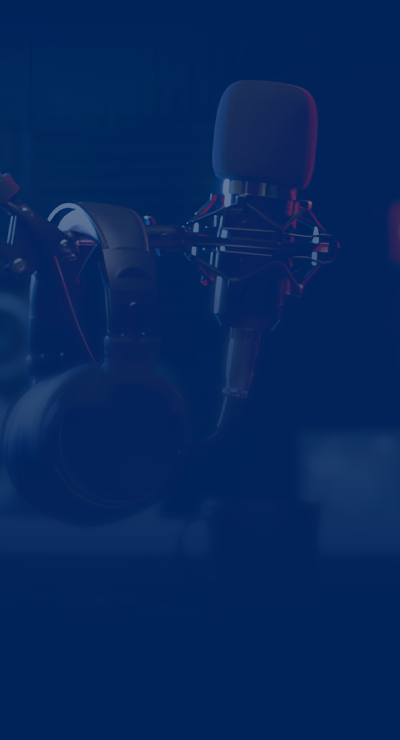
 [tta_listen_btn]
[tta_listen_btn]
 October 8 2025
October 8 2025

